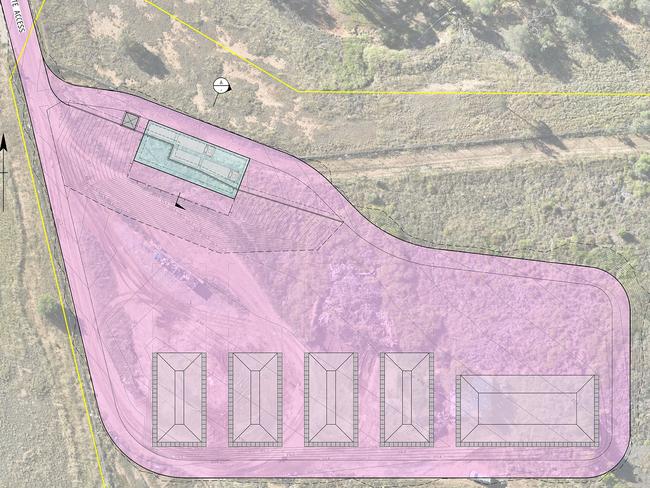Breaking down the Maranoa Regional Council’s $25m waste expenditure
It might be a core tenant of a council’s function, but in the Maranoa region waste has become a multi-million dollar headache.
Roma
Don't miss out on the headlines from Roma. Followed categories will be added to My News.
Waste is a core tenant of any council’s function, but for the Maranoa Regional Council it seems to have become a multi-million dollar headache.
In January, the MRC was issued with an environmental protection order from the Queensland Department of the Environment, Tourism, Science, and Innovation as a result of their non-compliance with their obligations at their various waste facilities.
In light of the EPO, capital expenditure on waste was highlighted in the June 2024 annual budget as a substantive contributor to the council’s deficit, with the costs of bringing the region’s waste facilities up to standard expected to reach close to $4m.
However, the recently released annual report for the financial year 2023/24 shows council’s total expenditure on waste last year was $25.654m, an increase of more than $20m from the previous year.
In their annual report, the MRC detailed that most of those costs have been incurred in drastic efforts to meet the requirements of the EPO.
“Among the reasons for the EPO was non-compliance in relation to excessive stockpiling of waste materials over several years at the Roma and regional waste facilities,” the report says.
“Council had also not been adequately measuring the volumes of waste going into landfill, or being taken from the site.”
The report said the cost of breaking down improperly stored concrete alone cost council more than $2.25m.
Further, some council waste facilities did not have the facilities required to measure the amount of waste which was dumped into landfill, which meant council needed to make costly changes to their facilities.
Only two landfills will remain in the region, at Roma and Mitchell, and other facilities will be converted into transfer stations, so that waste can be accurately measured before it is dumped.

Council has also had to consider a provision for the restoration and rehabilitation of land which had been used as a landfill, a capital expense worth more than $16m.
In their report, the MRC says failing to comply with an EPO is an offence.
“The maximum penalty for contravening an EPO is $3,483,000 for a corporation,” the report says.
A DETSI spokeswoman said the department had been working closely with the Maranoa Regional Council as they “continue to take the necessary actions to progress towards compliance”.
“As a result of our continued engagement, we have received draft documents as required by the Environmental Protection Order (EPO), designed to prevent or minimise environmental harm.
“We will continue to engage with the Maranoa Regional Council to ensure comprehensive and compliant risk management plans are developed,” the spokeswoman said.




